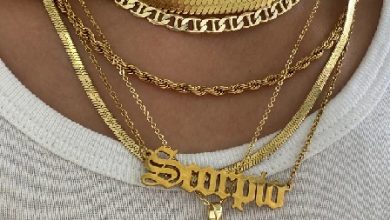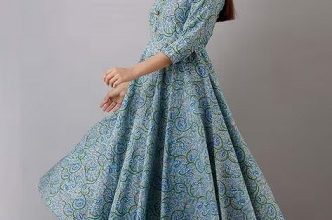Everything you need to know about designer shoes

Introduction
If you want to make a statement, designer shoes are the way to do it. They can completely change the tone of an outfit and are one of the easiest ways to elevate your style. But these aren’t just shoes—they’re often expensive, so you must know how to wear them properly and how best to maintain them if your budget allows for such extravagance. Here’s everything you need to know about designer shoes:
Why spend the money?
While it may seem like much money to shell out on a pair of shoes, you’re investing in something that will last you for years. The quality of the material and construction are meant to last through many wears and washes.
Compared with other types/brands of designer footwear, these shoes will be much more durable—meaning fewer trips back for repairs or replacements.
However, if fashion is important and durability is also high on your list, this shoe could be perfect.
When should you buy them?
There are some general rules to note before making your purchase:
· You should only buy designer shoes when you need them. If your current pair is still in good condition and has no issues, there is no reason to replace them.
· You should only buy designer shoes when they fit within your budget and lifestyle needs at that particular time in life.
How do you take care of them?
· Shoe trees. The best way to keep shoes looking great is to use shoe trees. When you take off your shoes, put them on the front of the tree and let them air dry overnight.
· Cleaning regularly. If you have a leather pair, clean them with a soft cloth and water—do not use harsh chemicals or solvents that could damage the material. For suede or nubuck, wipe down with a lint-free cloth after each use, then brush gently with a suede brush to remove dirt and excess oils from your feet.
How do you store them?
Store your shoes in a shoe box or bag. Shoes are made of leather and fabric, so they need to breathe. Storing them in plastic bags can cause the materials to warp or stain. If you don’t have a shoe box or bag on hand, wrapping them in the newspaper is okay too.
How do you select the correct colour?
Colour is an essential aspect of the design process but is not the only factor. A shoe that looks great in white may not look as good in black or grey. Many colours and styles are available, but it’s best to use colour to complement your outfit or skin tone. Red shoes will look great if you have blonde hair and blue eyes.
What about buying used designer shoes?
Buying used designer shoes is not for the novice. If you’re unsure about what to look for or don’t know how to spot a fake, it’s better to buy new. However, if you have experience in the field and are prepared to spend time researching your purchase before making it, buying used ones can save money on high-end footwear.
Designer shoes are an investment but one worth making.
Designer shoes are an investment but one worth making. They tend to be more expensive and require special care because of their materials and construction. To ensure they last long, you should store them properly and choose the right colour for your skin tone.
To start: designer shoes are an investment. The procedures used to make these high-end goods come at a cost—and the resulting price tag reflects it.
Conclusion
Deciding to buy a designer shoe can be intimidating. There are so many styles and brands that it’s difficult to know where to begin or what style will work best for you.



